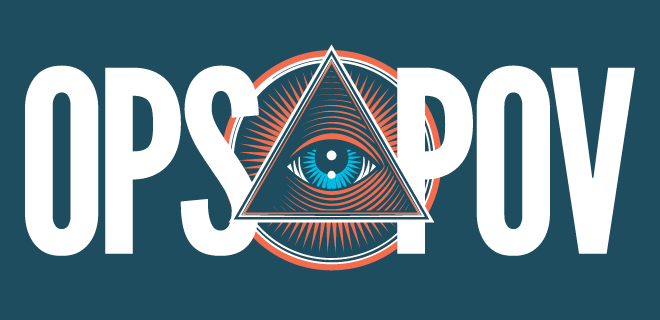
Legacy brand safety tools are broken—and the only way forward is content-level contextual alignment that protects both brands and audiences.
Let’s be real: brand safety, as we know it, is dead. Not because brands don’t care where their ads run, but because the current system is outdated and ineffective.
The traditional approach—blocking (or lack thereof) entire websites or relying on keyword exclusions—misses the core issue: content matters at the page level. Blunt tools like keyword blocking and URL filtering fail to capture nuance, context, and the true nature of consumers.
Without that granular understanding, brands will continue to be exposed to damaging placements, ending up in unsafe environments and/or missing out on reaching consumers in truly reputable environments.
It’s time to move beyond how we understand brand safety and embrace what actually works: contextual alignment that is powered by advanced contextual intelligence.
Why Brand Safety Isn’t Working
For years, advertisers have depended on legacy brand safety tools—keyword blocklists, domain blocking, and primitive page scanning—that weren’t built for today’s digital ad landscape.
Programmatic’s complex and fragmented supply chain has exacerbated the situation. The result? Advertisers have limited visibility into where their ads are actually showing up.
These outdated methods lead to two big problems:
- They don’t truly protect brands – Content that’s harmful or inappropriate can still exist within so-called “safe” domains.
- They waste ad spend – Overly aggressive blocking shrinks reach, making campaigns less effective while hurting premium publishers.
Contextual Alignment: The Smarter, More Effective Approach
Instead of applying blunt safety measures at the website level, contextual alignment evaluates content at the page and video level in real-time, analyzing sentiment, tone, mindset, and meaning before serving an ad. It integrates brand safety and contextual intelligence, offering a more dynamic and nuanced understanding of content. That’s the key difference.
Contextual alignment is the future of responsible advertising because:
- It’s precise – Rather than one-size-fits-all exclusions, it evaluates all available digital signals (text, imagery, video, and audio) for better accuracy. It allows brands to form emotional, mindset-based connections with consumers and maximize available inventory by making sure that legit content traditionally blocked under current methods is made available by placing content in its proper context
- It stops bad actors – Sites can no longer game the system with misleading metadata or surface-level safety compliance.
- It optimizes ad spend – Brands can maximize reach without unnecessary restrictions, while quality publishers benefit from a fairer system.
- It protects consumer trust – Ads placed in inappropriate environments damage brand reputation. Contextual intelligence ensures that placements reflect the brand’s values and audience expectations.
- It’s privacy-friendly – Despite Google’s decision to continue using third-party cookies, brands are looking to reach audiences ethically. This identity-free targeting method respects consumer privacy while delivering scale and relevance.
- It’s transparent – Accreditation by third parties, such as the Media Rating Council, validates the integrity of content-level contextual solutions, helping advertisers hold their partners accountable.
The Time to Act is Now
Relying on legacy brand safety models isn’t just ineffective–it’s risky. To truly protect brands, consumers, and publishers, we must evolve.
Contextual alignment is not a replacement for brand safety–it is its next frontier. Brands that adopt this smarter, more precise approach today will be the ones thriving in the privacy-first, content-driven future of digital advertising.